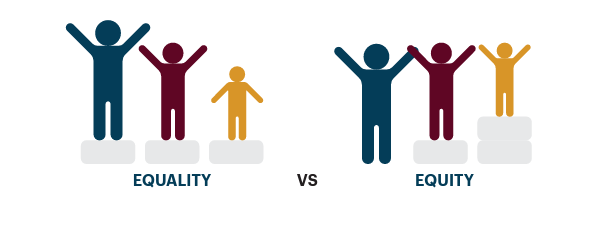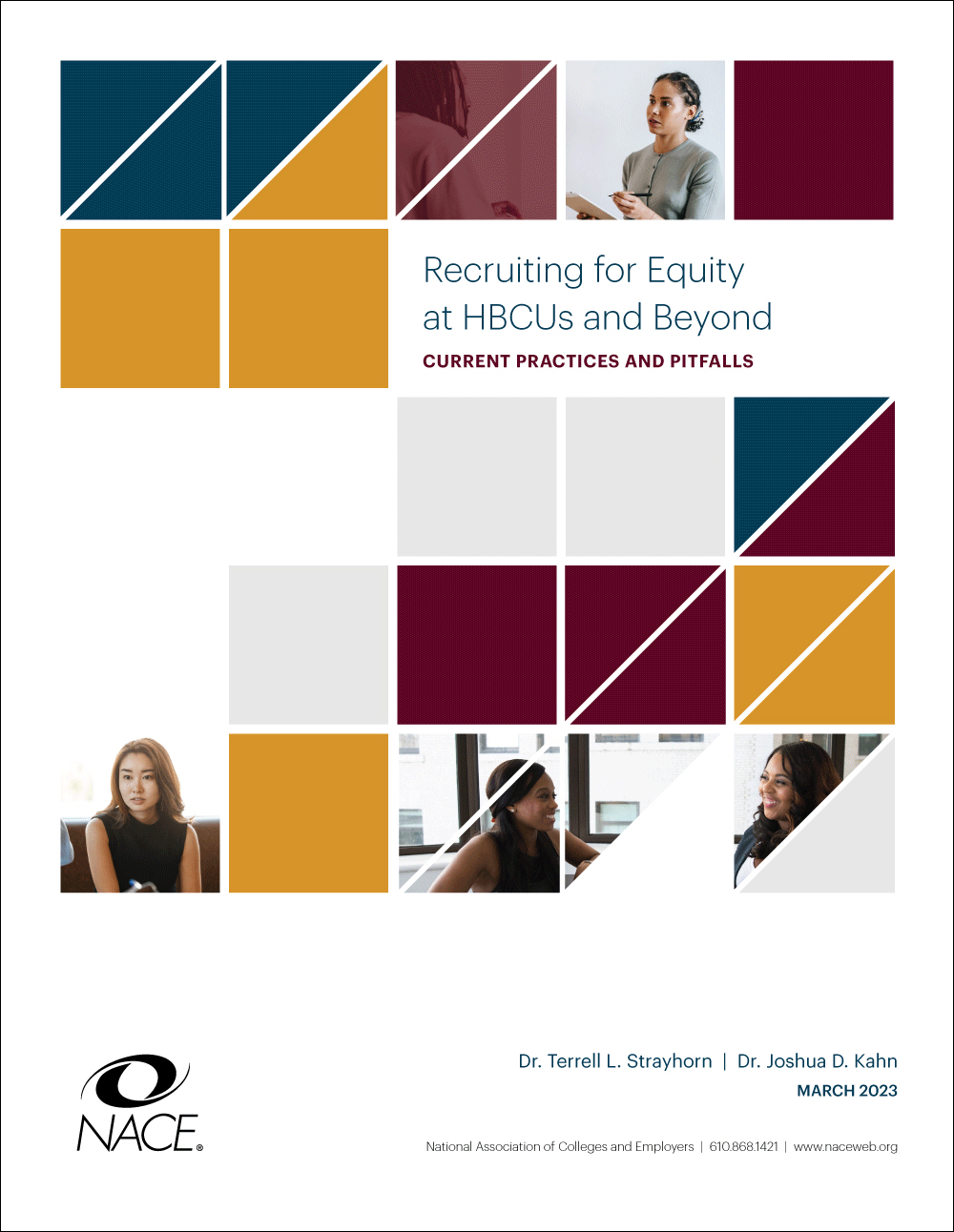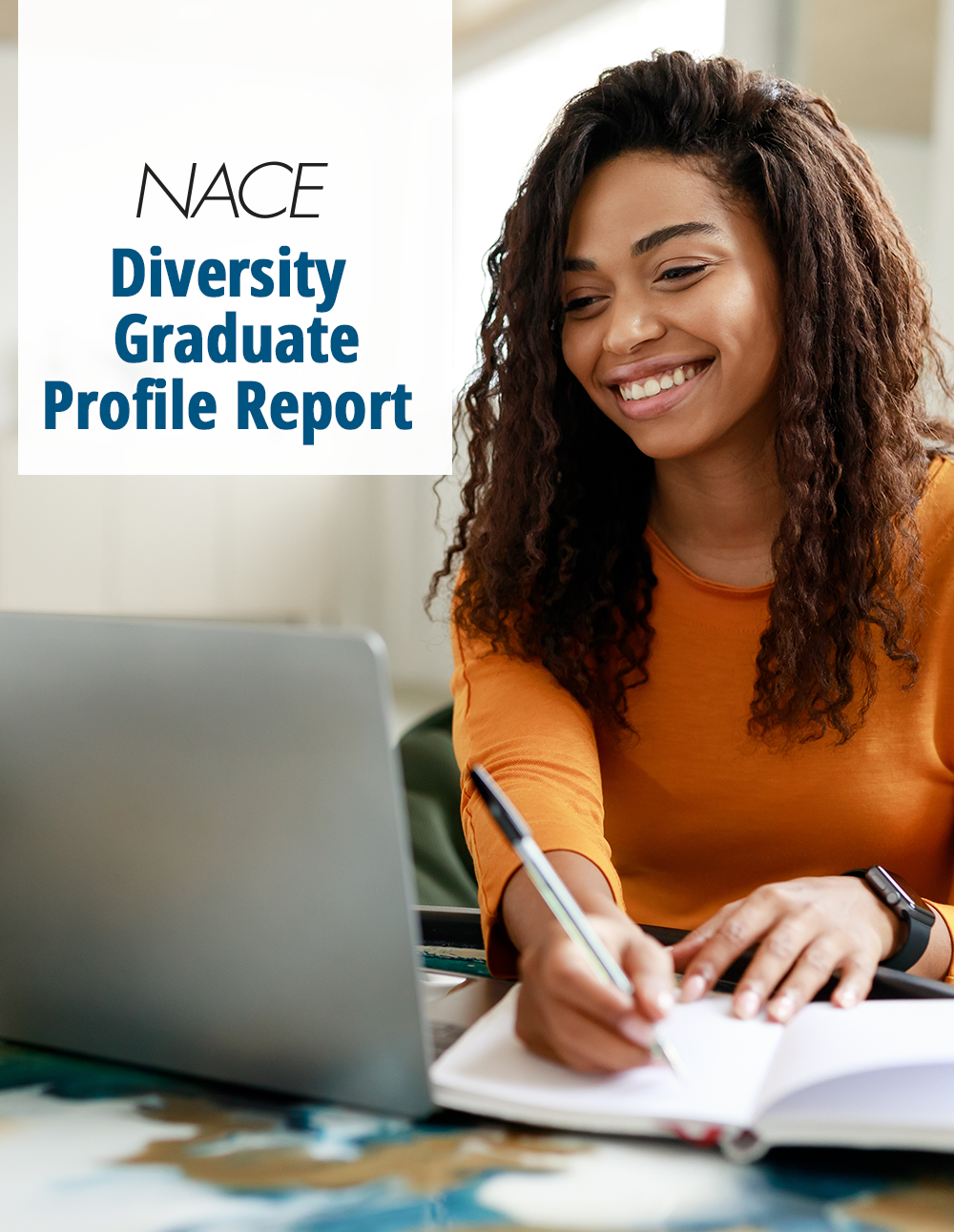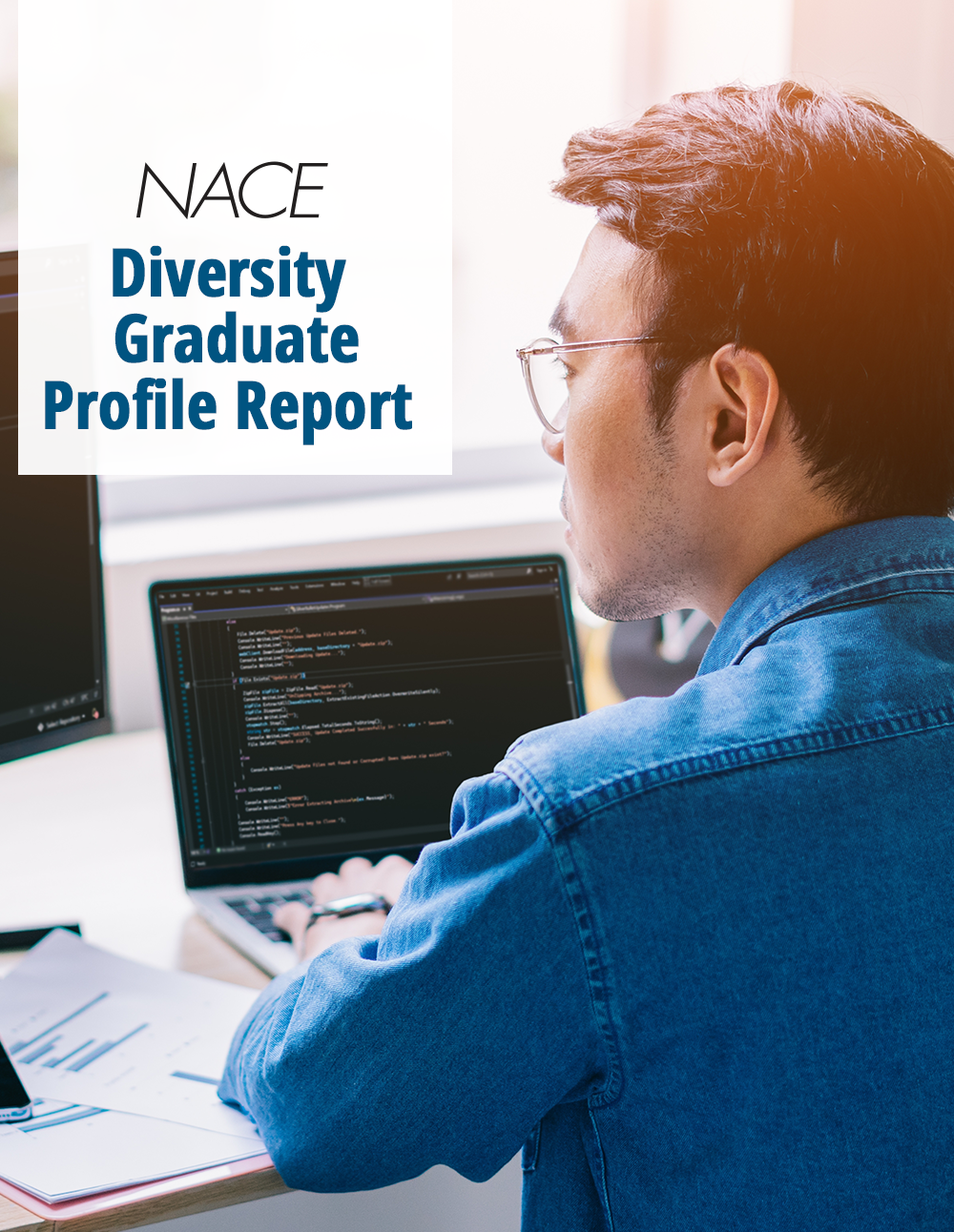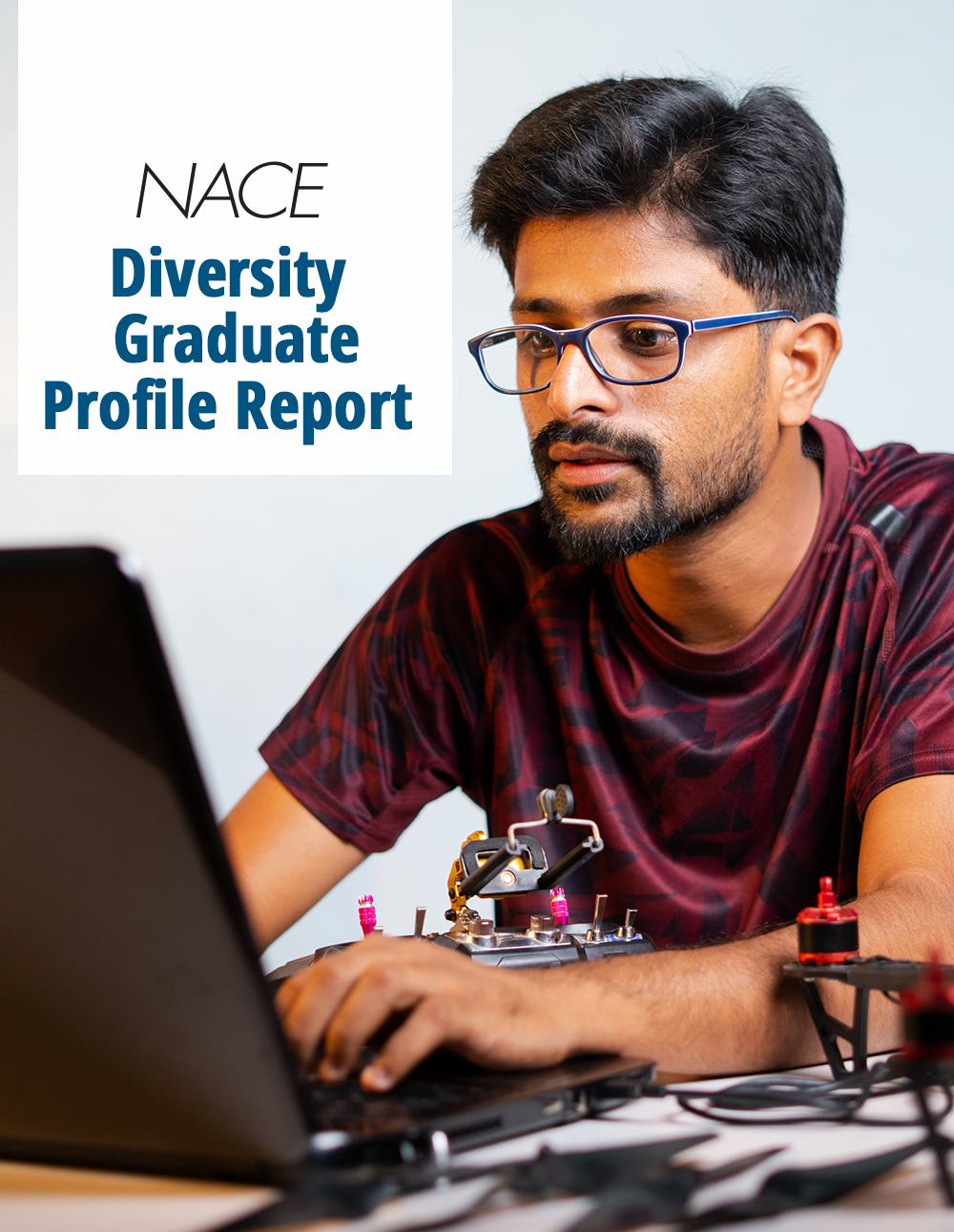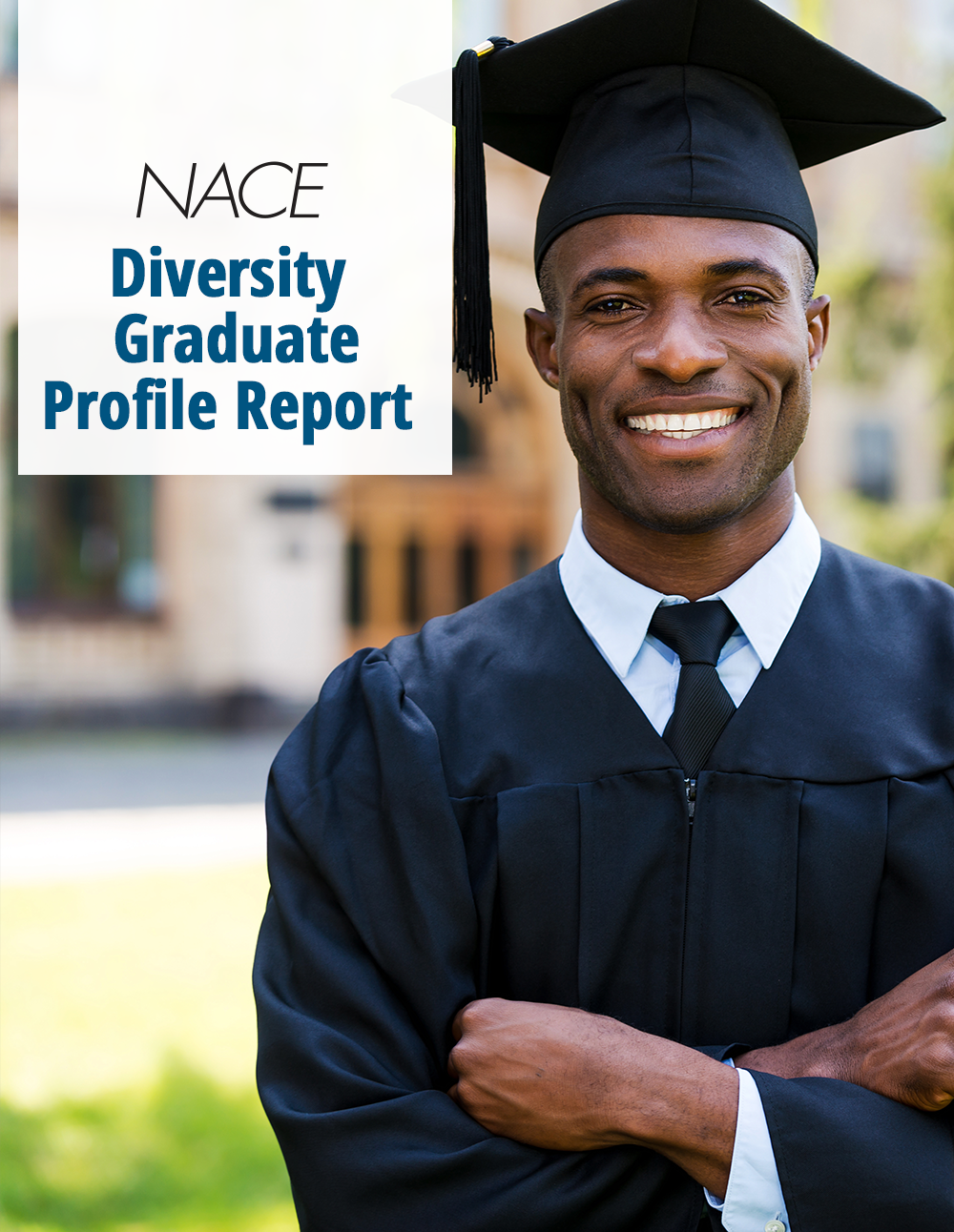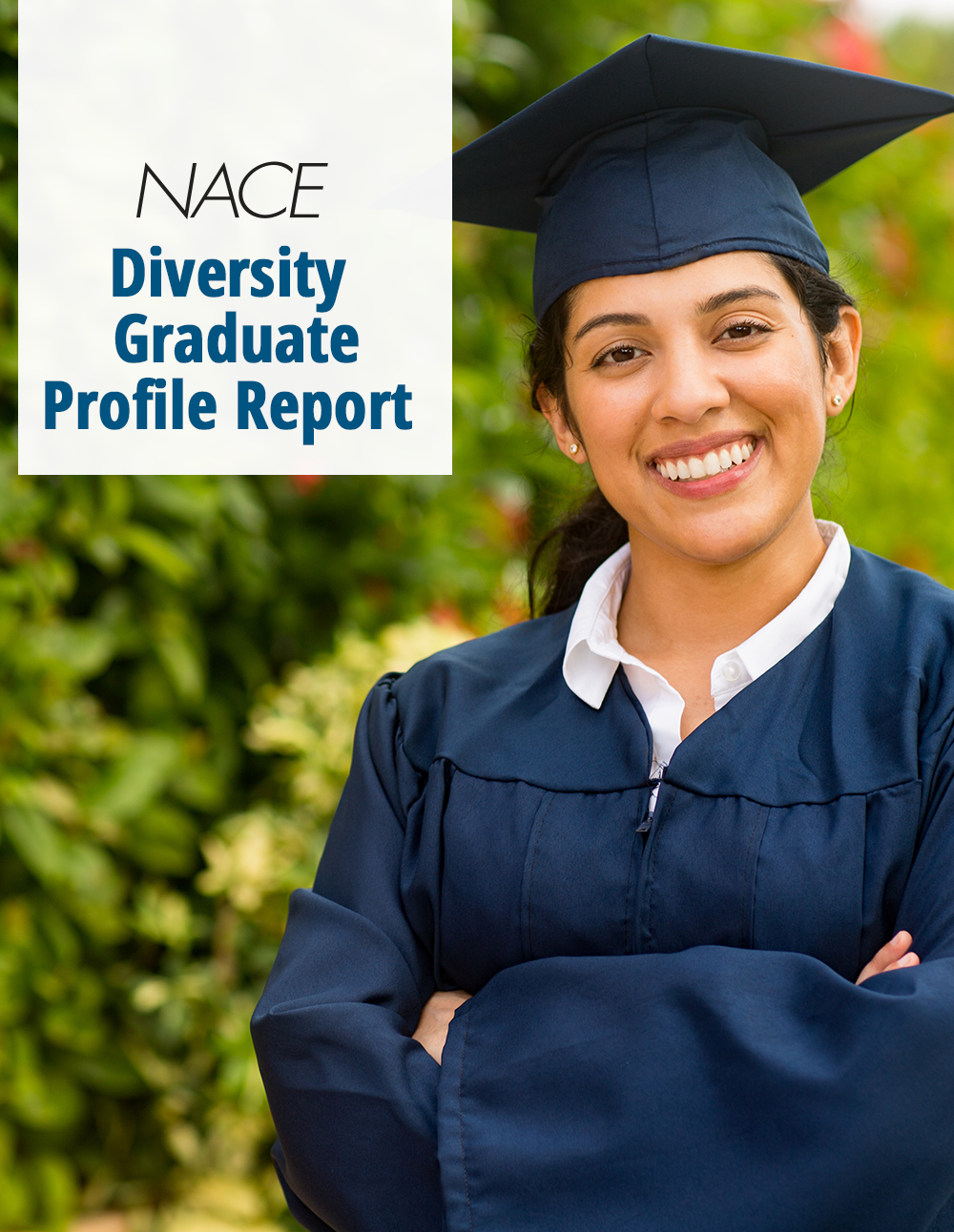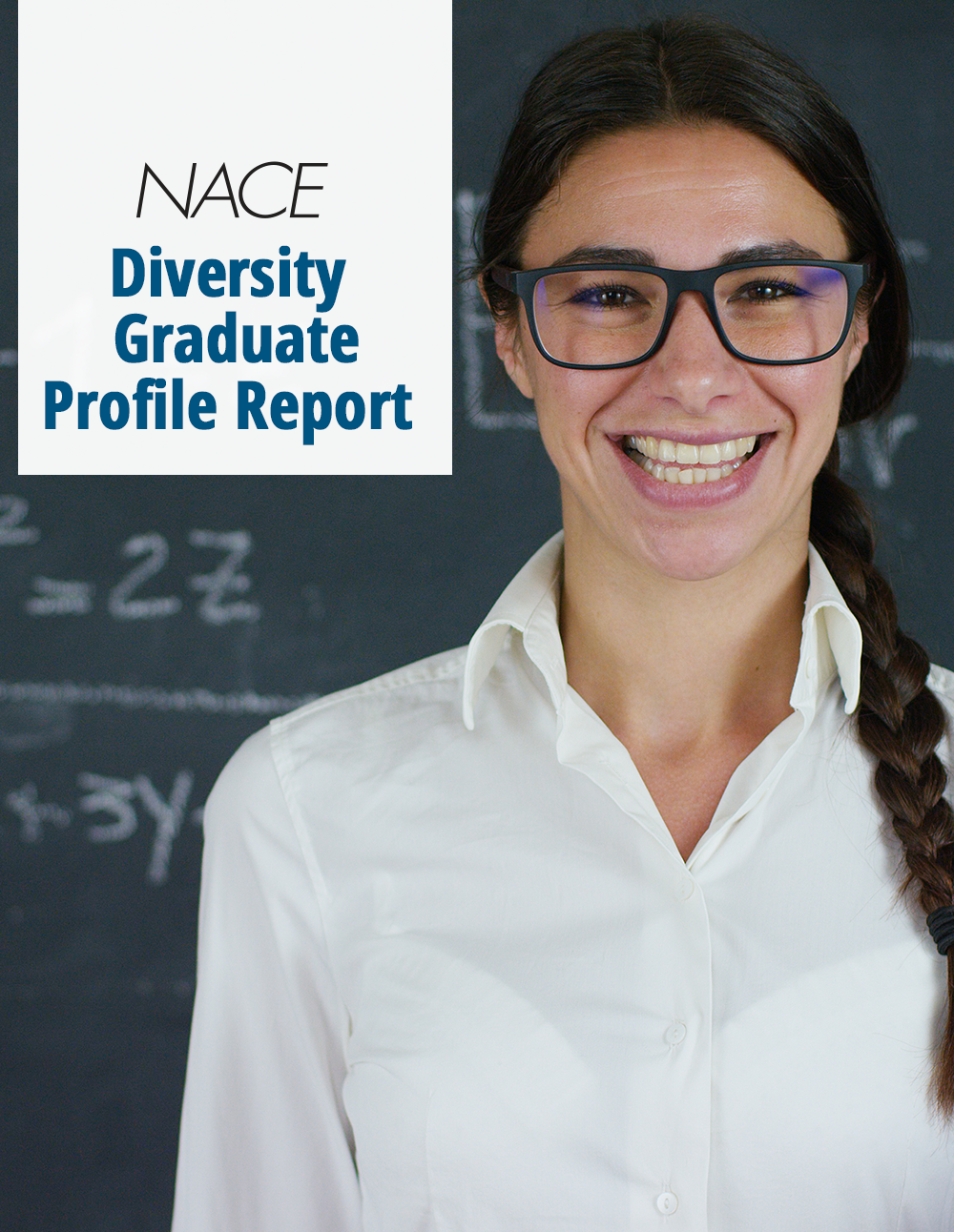To prepare students for their transition to the workforce, career centers have to account for the standards of professionalism shifting over the past several years, especially with the accelerated shift to virtual during the pandemic.
Professionalism is one of the competencies students need to be considered “career ready” and employers are seeking evidence of it in the students they recruit and hire. However, there is ground for students to gain in this area. NACE’s Job Outlook 2022 survey found that, while 86.9% of responding employers say professionalism is very or extremely important, just 44.2% indicate that new college graduates are very or extremely proficient in it.
“Pre-pandemic, we did begin to see a more accepting set of standards as an acknowledgement that standards of the past could sometimes have the effect of giving advantage to specific groups and to disadvantage others,” says Felicity Morgan, director of the University of Toronto at Mississauga Career Centre.
For example, 10 years ago, career centers and employers provided very specific advice about what students should wear according to gender.
“Now, we take a more non-gendered approach,” she points out.
“During the pandemic, we saw that employers were more forgiving of students who had trouble attending events on time, realizing that technology was an issue for many and that discomfort with the medium was common for many people.”
There is also a more intense focus on incorporating diversity, equity, and inclusion into professionalism.
“With more discussions of equity-deserving groups’ needs growing during the pandemic, there is a recognition that employers and employees need to take time to better understand others, resulting in diversity and inclusivity becoming more and more a part of professionalism,” Morgan says.
“With social justice issues raised in the news and on social media, I think more employers are thinking about how to grow and maintain a workplace that embodies these values.”
One member of the NACE Community recently asked how career centers are talking about the trend toward more casual standards of dress with new-to-career students.
Morgan suggests that students know their desired industry, career, and/or organization and consider that when making decisions on what to wear. Some employers are more casual in dress standards than before, and others still seem to want students to wear more-formal attire.
“We encourage students to research, talk to professionals in the field, and ask HR about dress standards, and we also help them navigate where to buy clothing that they can afford,” Morgan says.
“In my geographic location, many offices are still in work-from-home mode, so it will be interesting to see how things progress when more workers are encouraged to return to the office.”
Of course, the pandemic significantly changed how individuals communicate and network, making it necessary for career centers to cover online conduct with students and recent graduates.
“While similar to in-person [interactions], there are differences, such as knowing how and when to contribute during a meeting in the virtual realm, how to communicate, and how to network virtually,” Morgan notes.
Although there are different approaches to professionalism between the in-person and virtual environments, there are common threads, too.
“In both realms, you have to show respect for others and make sure you contribute,” she explains.
“The methods are different between virtual and in person, of course. The lack of nonverbal signs in virtual makes it harder to communicate and for those chairing meetings to ‘see’ when people want to speak. In person, it is often easier to see and hear breaks when you can contribute.
“It can be challenging for new grads to understand how to interact virtually or in person, but virtual doesn’t allow for as much information to be gathered or for the small side conversations that can help them figure things out.”
To help students gain a deeper understanding of and develop professionalism, the University of Toronto at Mississauga Career Centre created a series of e-modules as part its Recent Graduates Opportunities Program.
“We received a government grant to support new grads and felt the e-modules would help them with their transition to the workplace,” Morgan notes.
“We talked with employers, students, and faculty who offer experiential learning to determine the key issues that they observed, and developed content from their suggestions and our own experiences.”
Staff in the University of Toronto at Mississauga Career Centre also worked with several offices—the Accessibility Office; Equity, Diversity, and Inclusivity Office; Centre for Teaching and Learning; and the Office of the Vice Provost, Innovations in Undergraduate Education—to develop the e-modules. They were implemented in 2018 and have been updated several times since.
The e-modules address the following topics:
- Working in Teams;
- Working with Your Supervisor;
- Disability at Work;
- Diversity and Inclusivity at Work;
- Networking at Work;
- Business Communications; and
- Asking Good Questions.
(The e-modules on Business Communications and Asking Good Questions are only accessible to students.)
“The emphasis overall is for students to learn about the workplace and how to navigate both the visible and invisible norms and behaviors that a new grad might encounter,” Morgan adds.
Morgan says the e-modules are effective because they provide 24/7 access to students who need to cover these topics and they are interactive, so students and recent graduates are inputting information as they go to help incorporate the learning.
Morgan believes that career centers have moved from giving students very specific advice on professionalism—such as what to do, what to wear, and what to say—to a more nuanced approach that is tailored to industry, career, geographic location, and more.
“We are trying to teach students the skill of how to figure things out, rather than give them blanket advice,” she says.
“It helps to have examples, of course, based on what we are hearing from employers and alumni so that we can help students see how there can be similarities and differences between workplaces. We don’t want to make assumptions and encourage them to do the same.
“Concentrating on having information coupled with how to find out more about their own area is a good way to go forward. Our students do need coaching on making the transition from being a student to being in the workplace. We can help facilitate this process, realizing that there are things they may not have encountered before and to develop the skills to navigate the transition. Then, we can learn from them when they come back as alumni.”
Morgan says the goal is for students to go into the work world with an awareness of the expectations of their workplace, team, and supervisor.
“Our hope is to help students have an awareness of the common rules or norms and also the skills to understand and navigate the individual workplace, team, and supervisor expectations,” she says.
“With that knowledge, they hopefully will have a smoother path.”
Learn strategies for institutional-wide competency implementation during NACE’s Competency Symposium 2022 on March 29.
